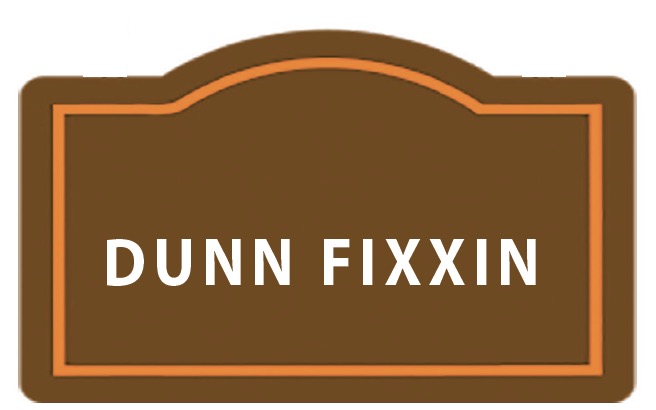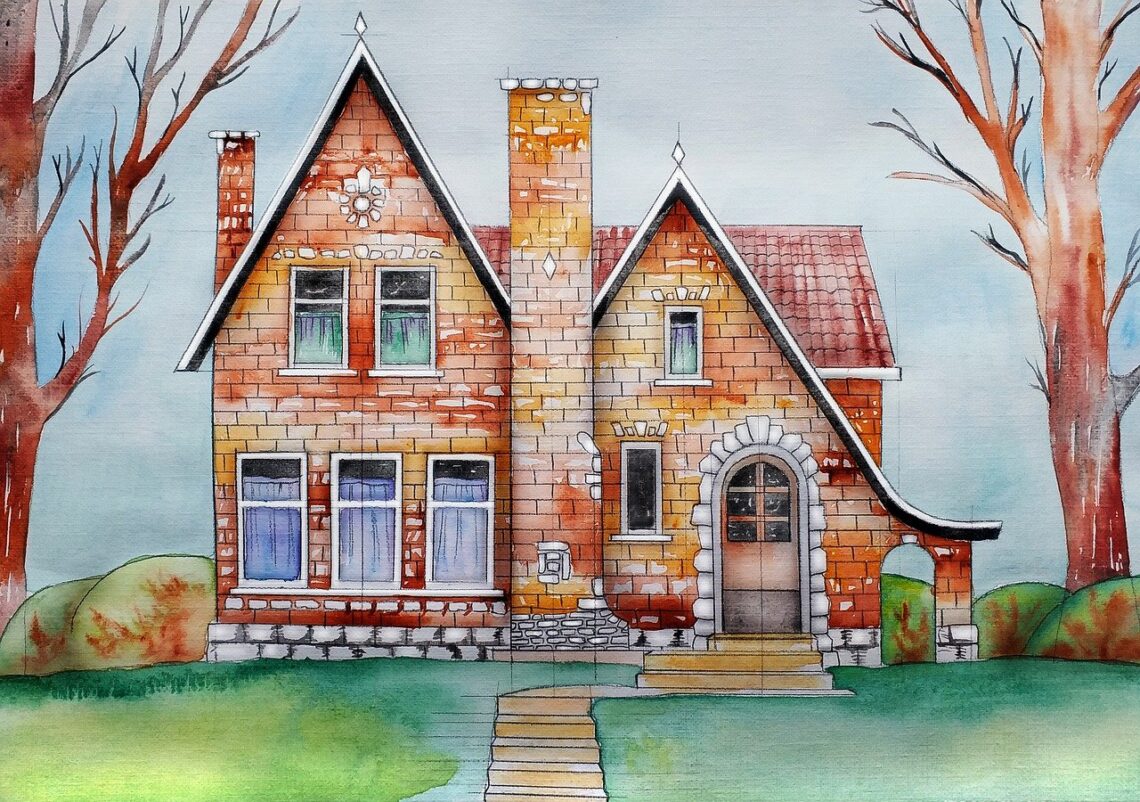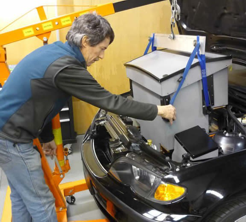In the early 1980s, I was involved in several of the many reforestation projects that were taking place in the blast zone resulting from the eruption of Mt. St. Helens. Our crew was stationed in Longview, so each day, we had about an hour’s drive through scattered homes, small farms, and occasional businesses on the way to our planting area.
About midway, there was a home that stood out from all the rest, so much so that I have never forgotten it. And not because it was impressive in size or had a spectacular setting. In fact, just the opposite was the case. It was a small, unassuming house in a flat clearing, set just a little ways back from the highway. But it caught your eye; it sparkled. Everything was just right, the lawn, the flower beds, the garden, the white paint, the roof, the outbuildings, the driveway; nothing lacked for loving care and the hard work of the folks that lived there.
And then there was the small sign affixed to the right of the front door. Small, but again, perfect. Dunn Fixxin it declared to the world., but I was about 10 minutes on down the road before I got it, the Dunn Fixxins didn’t live there. I sure wanted to stop and meet the owners but never did, and yes, I do regret it.
Now almost 40 years later, I still think about them and their tidy home and their sense of responsibility that motivated them to keep their little corner of the world in tip-top shape, and I can’t help but wonder.
Of course, there are many millions of tidy homes in America whose owners believe in keeping their corners of the world in tip-top shape, but in 2020 I can’t help but wonder. What will it take to get those millions of responsible Americans to expand their vision of a tip-top corner to include the environment that surrounds their homes and to work as hard at fixing that as they did in fixing their house and yard? What’s the point of a home that sparkles if the world around us is falling apart?
We all know what we must do, get off fossil fuels. We do this by electrifying everything. Yes, everything, and with the latest technologies: heat pumps for heating our homes and water, induction stoves, electric cars, and electric tools (yes, lawnmowers, chainsaws, and so on). In addition, we need to reduce our energy usage, buy local, and reduce the amount of waste we produce.
Fortunately, we are making progress (in spite of the lack of leadership at the federal level). The electric grid gets cleaner every year, solar and wind power gets cheaper every year, as do the price of electric vehicles.
Everything we need to fix our respective corners of the world is available to us. So, let’s get busy fixing so that someday, in the not too distant future, we can all hang out our own Dunn Fixxin sign.







